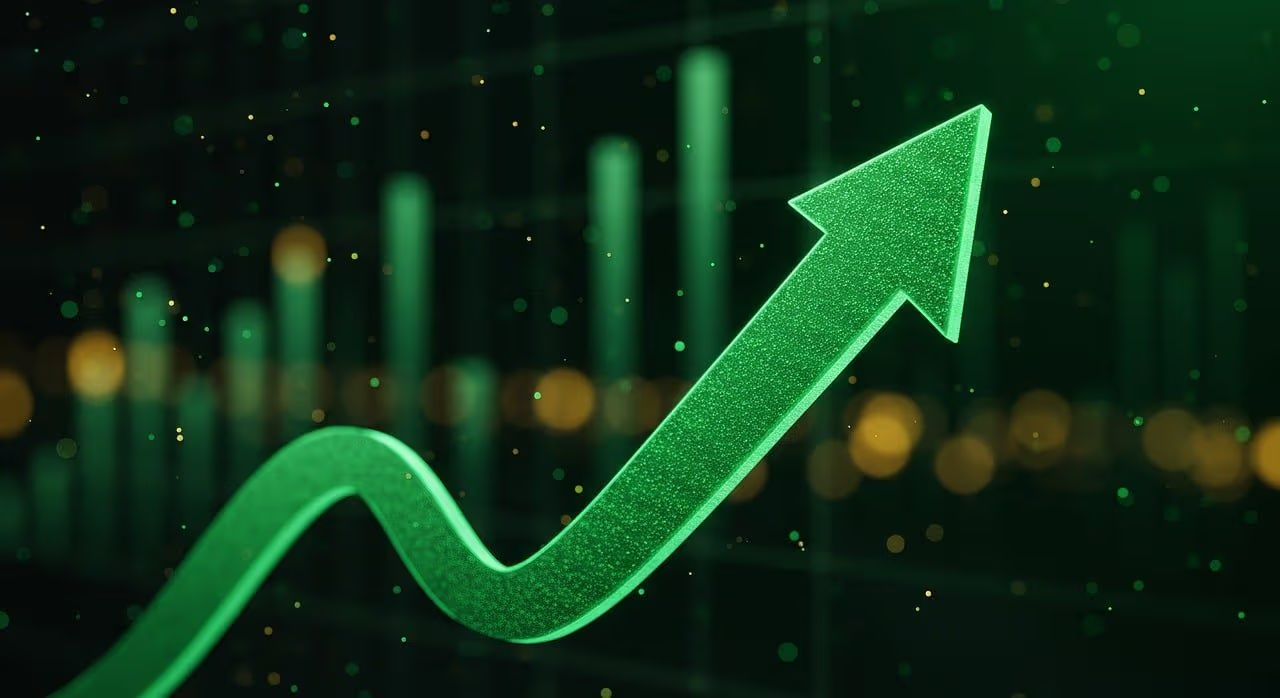A recent post highlighting the expanding value of the Cardano treasury has ignited enthusiasm about the blockchain’s vision for self-sustained development.
Currently at $1.7 billion, if ADA returned to past price highs around $3, the treasury could top $4.5 billion. This reinforces Cardano’s plans to become a “decentralized network state that funds its destiny” through fees and reserve allocations.
Creator Charles Hoskinson signaled his upbeat outlook by responding to the post with a retro computer game GIF, suggesting hopes for further growth.
The reaction within the Cardano community has been resoundingly positive. Many have pointed to the immense war chest as a structural advantage over rival smart contract platforms. Some have even extrapolated how the funds could finance projects for decades.
The treasury’s inflation could supercharge the development of Hoskinson’s major Cardano upgrade, Plutus v3. This long-awaited smart contract enhancement promises to heighten interoperability and unlock new functionality.
Interestingly, while optimistic about Cardano’s future, Hoskinson has concurrently warned about risks from advancing artificial intelligence like deep fakes. Though Cardano may someday leverage AI, its founder seems wary of manipulative or deceptive implementations.
For now, his focus rests on capitalizing on Cardano’s organic treasury funding to rival and exceed its high water mark. This month’s Plutus v3 rollout could be the first step toward reattaining peak capacity to bankroll blockchain advancements for the decades ahead.





